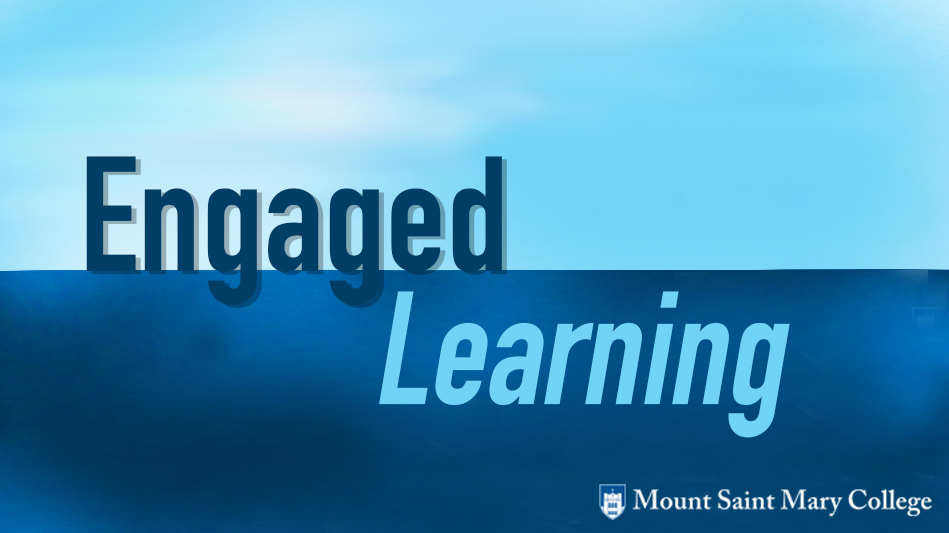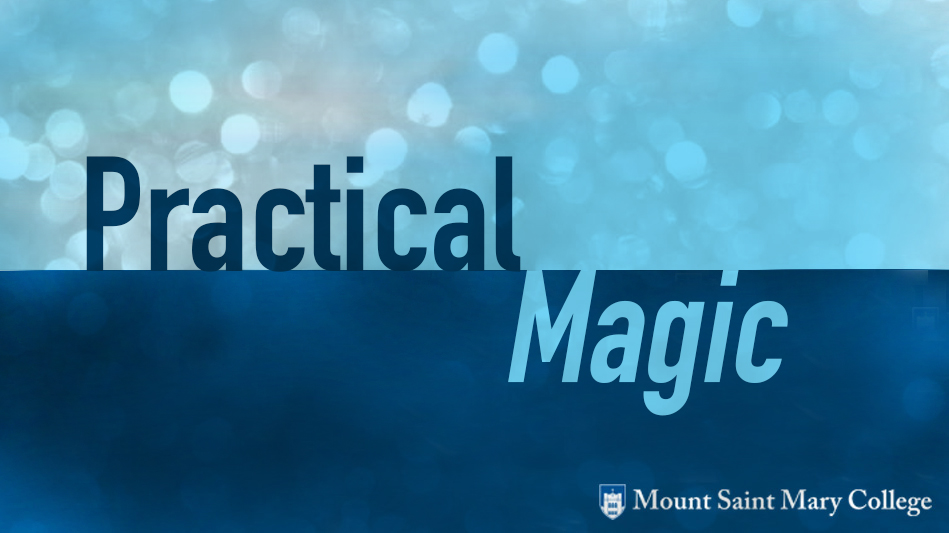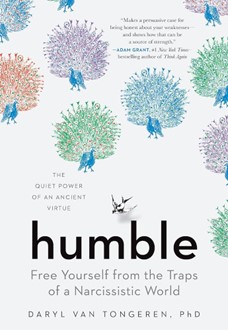By Amy Ratto Parks, Ph.d., University of Montana
Metacognitive interventions are often the subject of research in educational psychology because researchers are curious about how these planned, curricular changes might impact the development of metacognitive skills over time. However, as a researcher in the fields of metacognition and rhetoric and composition, I am sometimes struck by the fact that the planned nature of empirical research makes it difficult for us to take advantage of important kairic moments in learning.
The rhetorical term kairic, taken from the Greek concept of kairos, generally represents a fortuitous window in time in which to take action toward a purpose. In terms of learning, kairic moments are those perfect little slivers in which we might suddenly gain insight into our own or our students’ learning. In the classroom, I like to think of these kairic moments as metacognitive interruptions rather than interventions because they aren’t planned ahead of time. Instead, the “interruptions” arise out of the authentic context of learning. Metacognitive interruptions are kairic moments in which we, as teachers, might be able to briefly access a point in which the student’s metacognitive strategies have either served or not served them well.
A few days ago I experienced a very typical teaching moment that turned out to be an excellent example of a fruitful metacognitive interruption: I asked the students to take out their homework and the moment I began asking discussion questions rooted in the assignment, I sensed that something was off. I saw them looking at each other’s papers and whispering across the tables, so I asked what was going on. One brave student said, “I think a bunch of us did the homework wrong.”
They were supposed to have completed a short analysis of a peer-reviewed article titled, “The Daily Show Effect: Candidate Evaluations, Efficacy, and American Youth” (Baumgartner & Morris, 2014). I got out the assignment sheet and asked the brave student, Rasa*, to read it aloud. She said, “For Tuesday, September 15. Read The Daily Show Effect: Candidate Evaluations…. oh wait. I see what happened. I read the other Jon Stewart piece in the book.” Another student jumped in and said, “I just analyzed the whole show” and a third said, “I analyzed Jon Stewart.”
In that moment, I experienced two conflicting internal reactions. The teacher in me was annoyed. How could this simple set of directions have caused confusion? And how far was this confusion going to set us back? If only half of the class had done the work, the rest of my class plan was unlikely to go well. However, the researcher in me was fascinated. How, indeed, had this simple set of instructions caused confusion? All of these students had completed a homework assignment, so they weren’t just trying to “get out of work.” Plus, they also seemed earnestly unsure about what had gone wrong.
The researcher in me won out. I decided to let the class plan go and I began to dig into the situation. By a show of hands I saw that 12 of the 22 students had done the correct assignment and 10 had completed some customized, new version of the homework. I asked them all to pause for a moment and engage in a metacognitive activity: they were to think back to moment they read the assignment and ask themselves, where did I get mixed up?
Rasa said that she just remembered me saying something about The Daily Show in class, and when she looked in the table of contents, she saw a different article, “Political Satire and Postmodern Irony in the Age of Stephen Colbert and Jon Stewart” (Colletta, 2014), and read it instead. Other students said that they must not have read closely enough, but then another student said something interesting. She said, “I did read the correct essay, but it sounded like it was going to be too hard to analyze and I figured that you hadn’t meant for this to be so hard, so I just analyzed the show.” Other students nodded in agreement. I asked the group to raise their hands if had read the correct essay. Many hands went up. Then I asked if they thought that the analysis they chose to do was easier than the one I assigned. All of them raised their hands.
Again, I was fascinated. In this very short conversation I had just watched rich, theoretical research play out before me. First, here was an example of the direct effect of power browsing (Kandra, Harden, & Babbra, 2012) mistakenly employed in the academic classroom. Power browsing is a relatively recently coined term that describes “skimming and scanning through text, looking for key words, and jumping from source to source” (Kandra et al., 2012). Power browsing can be a powerful overviewing strategy (Afflerbach & Cho, 2010) in an online reading environment where a wide variety of stimuli compete for the reader’s attention. Research shows that strong readers of non-electronic texts also employ pre-reading or skimming strategies (Dunlosky & Metcalfe, 2009), however, when readers mistakenly power browse in academic settings, it may result in “in missed opportunities or incomplete knowledge” (Kandra et al., 2012, par. 18). About metacognition and reading strategies, Afflerbach and Cho (2010) write, “the good strategy user is always aware of the context of reading” (p. 206); clearly, some of my students had forgotten their reading context. Some of the students knew immediately that they hadn’t thoroughly read the assignment. As soon as I described the term “power browse” their faces lit up. “Yes!” said, Rasa, “that’s exactly what I did!” Here was metacognition in action.
Second, as students described the reasoning behind choosing to read the assigned essay, but analyze something unassigned, I heard them offering a practical example of Flower and Hayes’ (1981/2011) discussion of goal-setting in the writing process. Flower and Hayes (1981/2011) said that writing includes, “not only the rhetorical situation and audience which prompts one to write, it also includes the writer’s own goals in writing” (p. 259). They went on to say that although some writers are able to “juggle all of these demands” others “frequently reduce this large set of restraints to a radically simplified problem” (p. 259). Flower and Hayes allow that this can sometimes cause problems, but they emphasize that “people only solve the problems they set for themselves” (p. 259).
Although I had previously seen many instances of students “simplifying” larger writing assignments in my classroom, I had never before had a chance to talk with students about what had happened in the moment when they realized something hadn’t worked. But here, they had just openly explained to me that the assignment had seemed too difficult, so they had recalibrated, or “simplified” it into something they thought they could do well and/or accomplish during their given timeframe.
This metacognitive interruption provided an opportunity to “catch” students in the moment when their learning strategies had gone awry, but my alertness to the kairic moment only came as a result of my own metacognitive skills: when it became clear that the students had not completed the work correctly, I paused before reacting and that pause allowed me to be alert to a possible metacognitive learning opportunity. When I began to reflect on this class period, I realized that my own alertness came as a result of my belief in the importance of teachers being metacognitive professionals so that we can interject learning into the moment of processing.
There is yet one more reason to mine these metacognitive interruptions: they provide authentic opportunities to teach students about metacognition and learning. The scene I described here could have had a very different outcome. It can be easy to see student behavior in a negative light. When students misunderstand something we thought we’d made clear, we sometimes make judgments about them being “lazy” or “careless” or “belligerent.” In this scenario it seems like it would have been justifiable to have gotten frustrated and lectured the students about slowing down, paying attention to details, and doing their homework correctly.
Instead, I was able to model the kind of cognitive work I would actually want to teach them: we slowed down and studied the mistake in a way that led the class to a conversation about how our minds work when we learn. Rather than including a seemingly-unrelated lecture on “metacognition in learning” I had a chance to teach them in response to a real moment of misplaced metacognitive strategy. Our 15-minute metacognitive interruption did not turn out to be a “delay” in the class plan, but an opening into a kind of learning that might sometimes just have to happen when the moment presents itself.
References
Baumgartner, J., & Morris, J., (2014). The Daily Show effect: Candidate evaluations, efficacy, and American youth. In C. Cucinella (Ed.), Funny. Southlake, Fountainhead Press. (Reprinted from American Politics Journal, 34(3), (2006), pp.341-67).
Colletta, L. (2014). Political satire and postmodern irony in the age of Stephen Colbert and Jon Stewart. In C. Cucinella (Ed.), Funny. Southlake, Fountainhead Press. (Reprinted from The Journal of Popular Culture, 42(5), (2009), pp. 856-74).
Dunlosky, J., & Metcalfe, J. (2009). Metacognition. Thousand Oaks, CA: Sage.
Flower, L., & Hayes, J. (2011). A cognitive process theory of writing. In V. Villanueva & K. Arola (Eds.), Cross-talk in comp theory: A reader, (3rd ed.), (pp. 253-277). Urbana, IL: NCTE. (Reprinted from College Composition and Communication, 32(4), (Dec., 1981), pp. 365-387).
Kandra, K. L., Harden, M., & Babbra, A. (2012). Power browsing: Empirical evidence at the college level. National Social Science Journal, 2, article 4. Retrieved from http://www.nssa.us/tech_journal/volume_2-2/vol2-2_article4.htm
Waters, H. S., & Schneider, W., (Eds.). (2010). Metacognition, strategy use, and instruction. New York, NY: The Guilford Press.
* Names have been changed to protect the students’ privacy.




